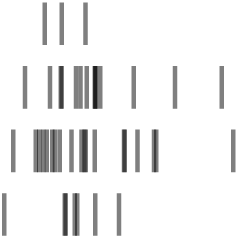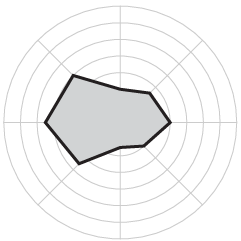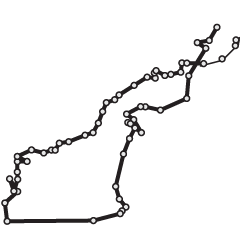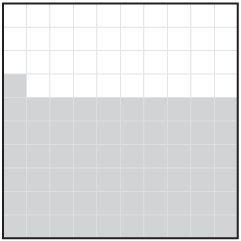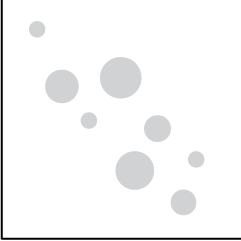Speaking of 3-D usage on maps, here’s a map of bus routes in Singapore stacked one on top of the other. I’m not sure it’s especially useful to find individual routes as intended, but the overall distribution of routes seems like it might be interesting to someone familiar with the area. Or, maybe it’s world’s greatest roller coaster.
-
Based on commuting data from the Census Bureau, researchers Matthew Hall, John Iceland, and Youngmin Yi tracked segregation during the day and night. Alvin Chang for Vox mapped their results:
They found that when white people go to work, they are around only slightly more people of color than when they’re in their home neighborhoods. But for everyone else, going to work means being exposed to many more white people — and far fewer people of their own race.
Browse the map to see the results for your own city.
It appears that the 3-D map is making a small comeback (Thanks, Matt Daniels), to the delight of some and perhaps to the chagrin of others. I’m ready for it. I wonder when data graphic résumés are coming.
-
These are the jobs in each state that are most specific to the place.
-
For SB Nation, Jon Bois takes a statistical deep dive in the search for the saddest punt in football. It’s an hour long. It’s a surprisingly fun watch. At the very least, even if you don’t like football, you can glean some analysis and storytelling lessons from it.
-
Members Only
-
Leslie Roberts uses paint to encode text as colors and geometry:
My paintings translate words into visual language. These panels with texts and accompanying abstract structures might be called illuminated manuscripts of the everyday.
Written in these recent paintings are collections of ambient found language: fragments from street signs, junk mail, end user licensing agreements, email, labels, subway ads, receipts, newspapers, and instruction manuals. Transcripts of fine print from the relentless flow of information surrounding us are used to derive a personal abstract vernacular.
-
There’s big money in wizarding worlds, galaxies far away, and various time-shifted universes. Let’s take a stroll through the billions of dollars earned by franchises over the years.
-
The United States is doing pretty poorly in reducing emissions. For The New York Times, Brad Plumer and Blacki Migloiozzi, show the current status and what could happen if the U.S. adopted more drastic plans already in place around the world.
The moving particles underneath the trend line is a nice touch to bring the abstract closer to what the data represents. Contrast this piece with Plumer’s piece from a couple of years ago to see the shift in focus.
-
Lucas Kwan Peterson for the Los Angeles Times ranked fast food french fries. That is all.
-
After a most unforgiving dust storm on Mars, NASA ended the 14-year mission with the Opportunity rover. It was originally only planned to last 90 days. Jonathan Corum, for The New York Times, mapped the little guy’s journey over the years.
-
Members Only
-
For The Upshot, Kevin Quealy continues on his path looking at the words used by Donald Trump. This time Quealy examines descriptions of the wall and who will pay for it, pre- and post-inauguration.
-
Gustavo Turner for Logic on his experiences covering the porn industry and the introduction of data into the stream:
Over the course of these experiences, I learned about a major new force reshaping the industry: data. That day on set, the director’s instructions came directly from the production company, which decided on the topic and vetted the script. And the company based its creative direction on specific fantasies proposed by paying customers on an online forum that it owned. […]
In the pre-internet days, a producer might notice that a particular kind of porn movie sold well, and then try to make more like it. Today, a corporate porn conglomerate can analyze a continuous stream of information from online viewers, who supply feedback in the form of comments, and leave behind a data trail as they travel around porn sites.
What a time to be alive.
-
Only 15 people have done it, since you know, it’s not really easy to do. Here’s how and when they did it.
-
Kjetil Golid made an interactive that lets you generate a noise field using a gradient from an image of your choosing. Fun. And excellent wallpaper material.
-
It’s the scale of significant Star Wars characters, objects, and ships from Episode I through VIII, plus Rogue One and Solo. Need I say more?
-
Visit the best American breweries of 2018, based on RateBeer rankings, while minimizing travel time and distance.
-
As more elements were discovered, the table grew and changed layout. For Science Magazine, Jake Yeston, Nirja Desai, and Elbert Wang provide a visual history.
-
Members Only
-
Jan Willem Tulp visualized train travel times using distance and color as an indicator. His reasoning:
When a train starts running from one station to the next station, conceptually, these two stations will temporarily be closer to each other. And that is exactly what this visualization shows: whenever a train moves to the next station — and only for as long as a train is moving — the origin station moves towards the destination station.
Be sure to watch the animation run with organic-looking behaviors.


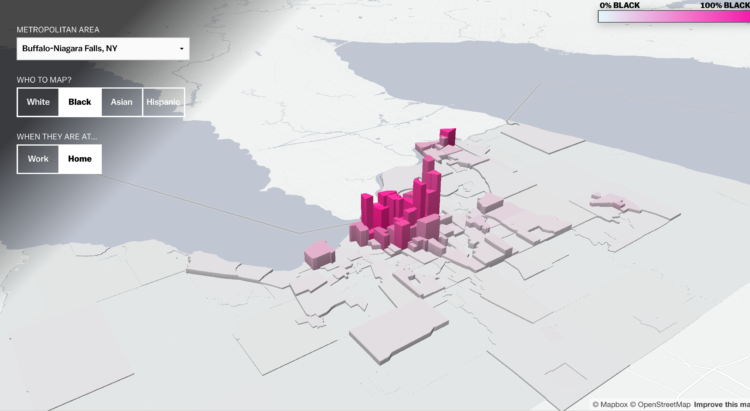
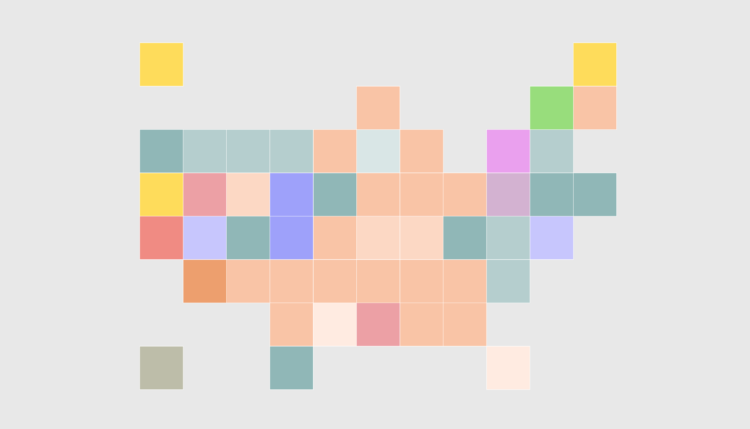

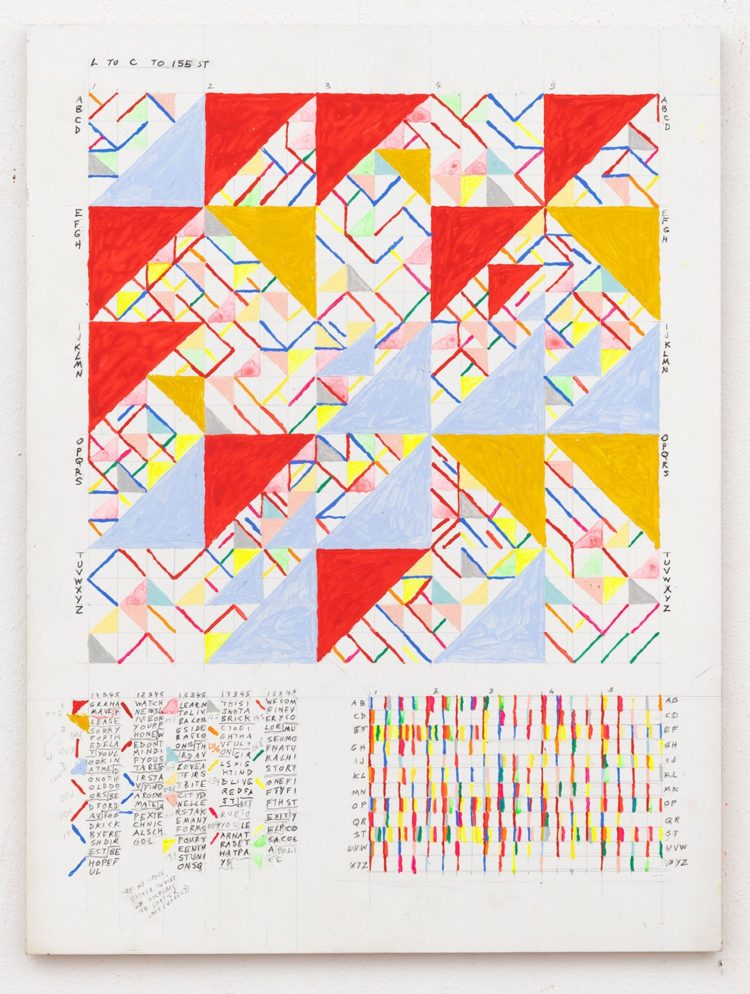
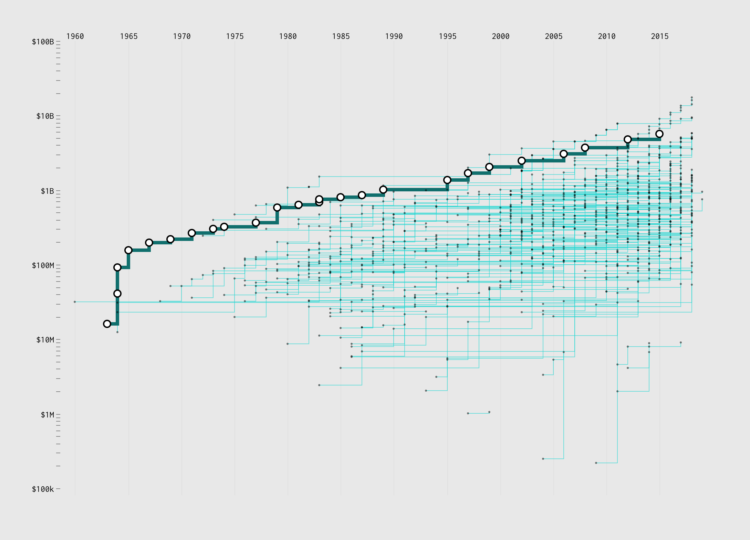
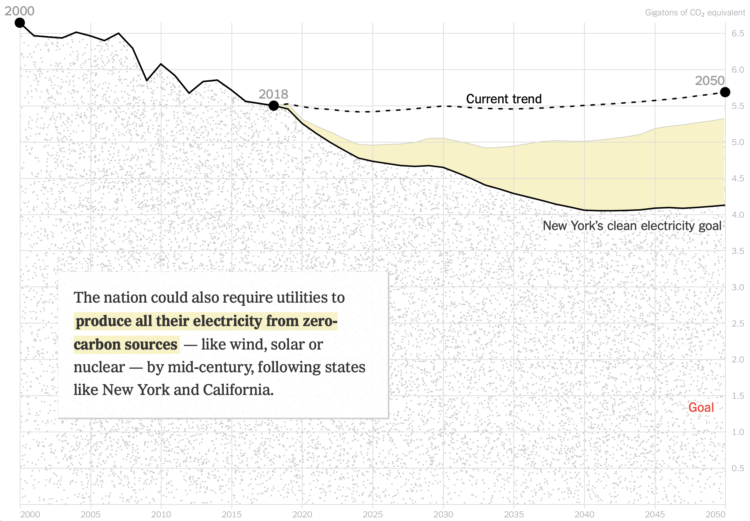
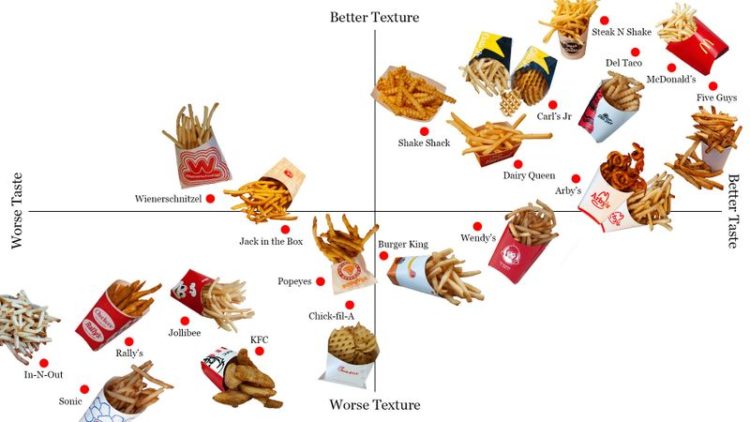
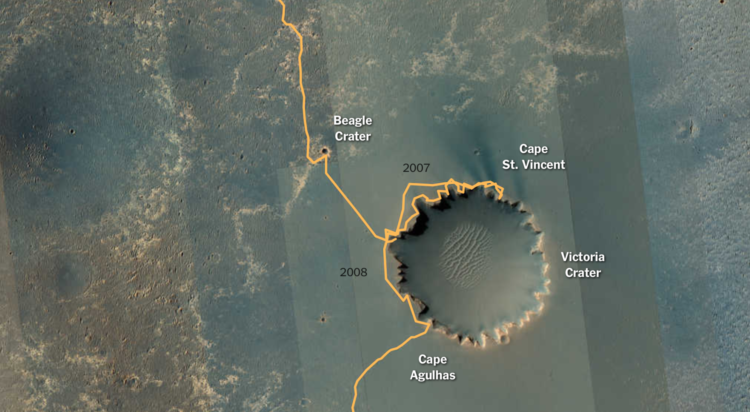
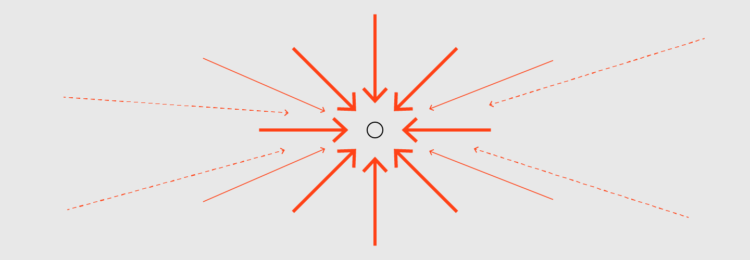
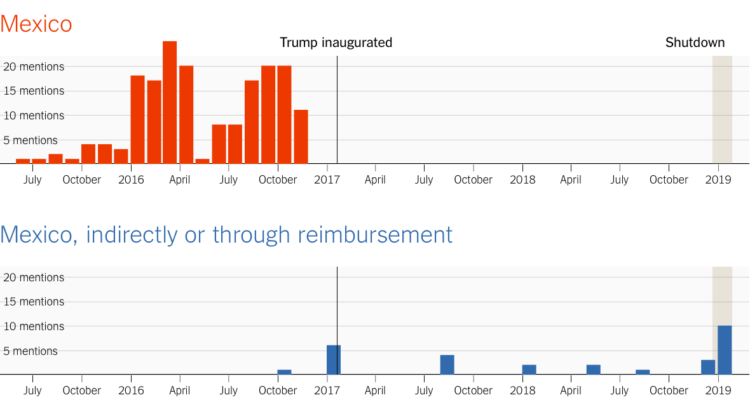
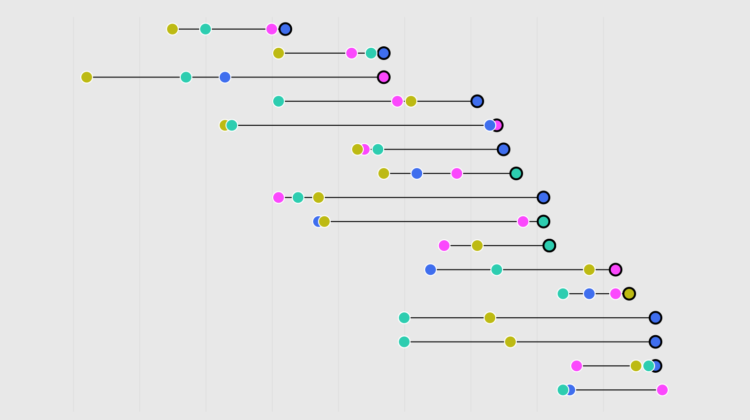

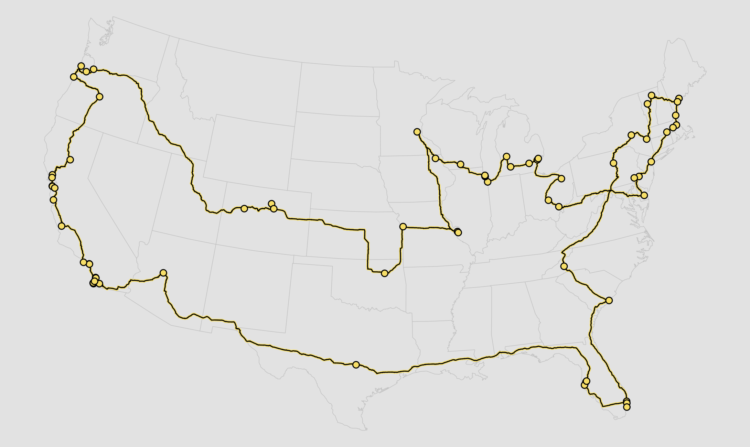
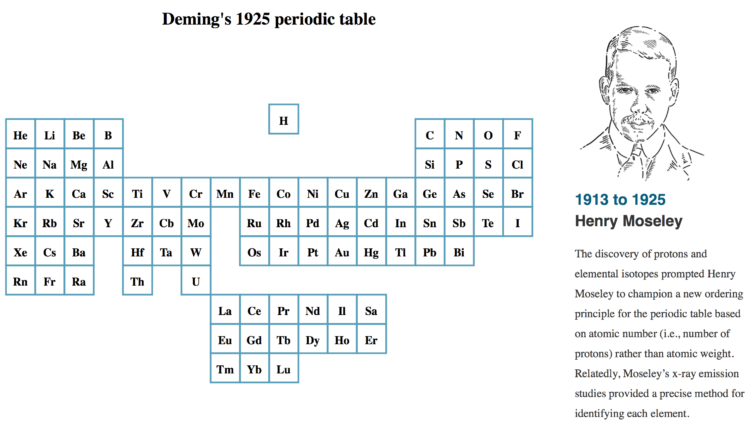

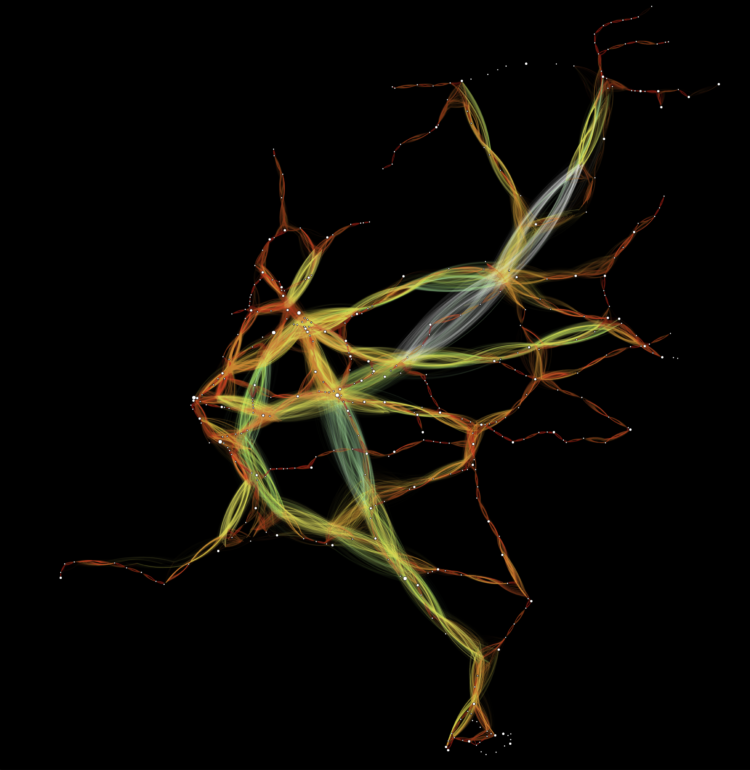
 Visualize This: The FlowingData Guide to Design, Visualization, and Statistics (2nd Edition)
Visualize This: The FlowingData Guide to Design, Visualization, and Statistics (2nd Edition)



